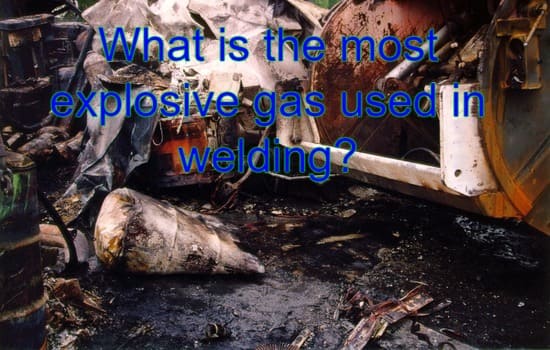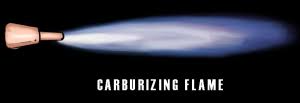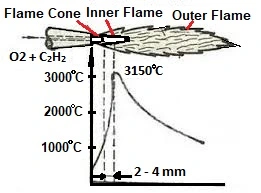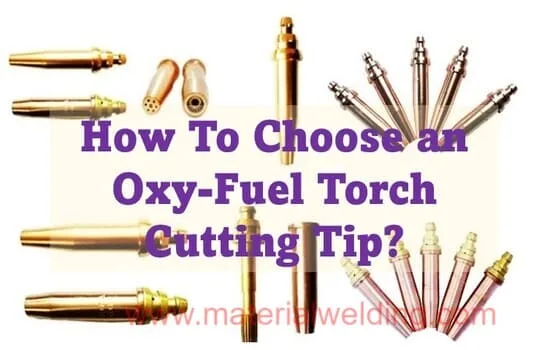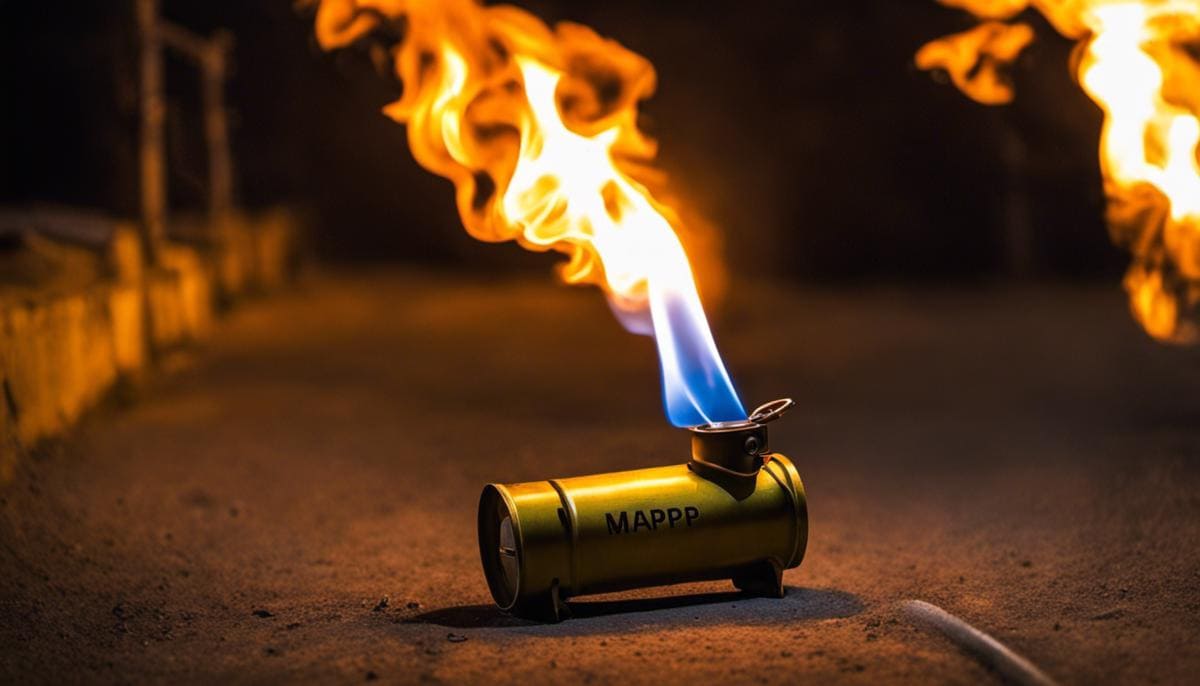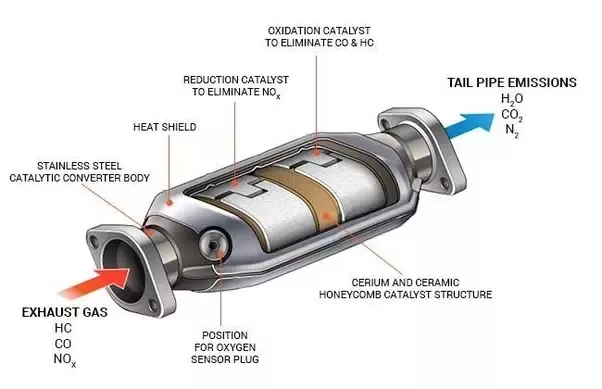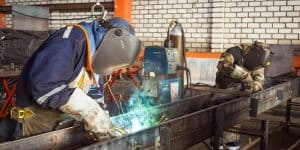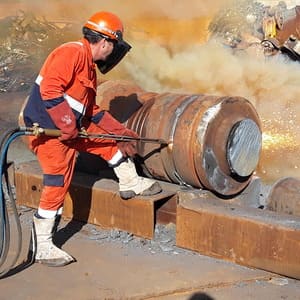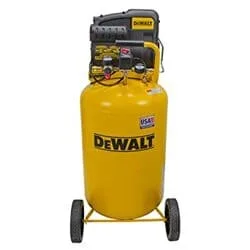Is it Safe to Weld a Fuel Tank?
As a welding enthusiast, you might be tempted to weld your own fuel tank to save on expenses or to make modifications.
However, it’s essential to consider the potential risks and dangers associated with welding fuel tanks.
Welding a fuel tank can be dangerous, and it’s crucial to understand the potential hazards involved.
Risk of Welding a Fuel Tank
First and foremost, fuel tanks contain combustible materials and potentially explosive vapors.
When heat is applied during the welding process, these vapors can ignite, leading to an explosion or fire.
Welding on a fuel tank also increases the risk of leaks, which can be hazardous to the environment and your health.
Another concern is that fuel tanks are typically made of materials such as aluminum or steel that require special welding procedures.
Welding on these materials can be challenging, and improper techniques can lead to weak welds that can compromise the structural integrity of the tank.
How to weld Fuel Tank Safely?
If you must weld a fuel tank, it’s important to take the necessary precautions to minimize the risks.
Ensure the tank is thoroughly cleaned and free of any flammable or explosive materials before welding.
The area around the tank should be well-ventilated, and a fire extinguisher should be readily available.
Additionally, it’s best to consult with a professional welder or a fuel tank manufacturer to determine the appropriate welding procedures for the specific type of tank you are working on.
A professional can also inspect the tank to ensure it is safe to weld.
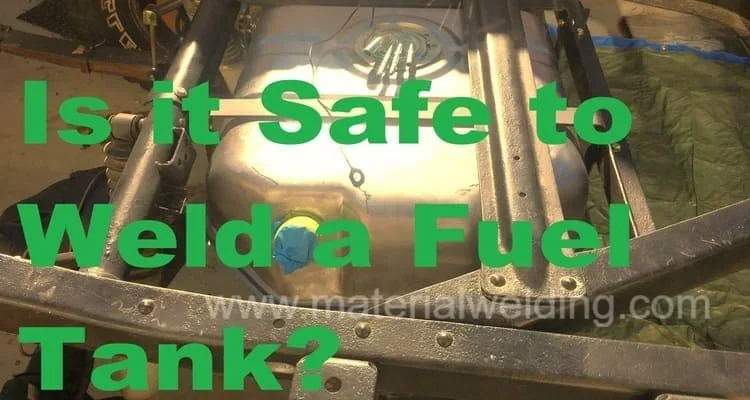
Steps for welding a Fuel Tank Safely
Here are general steps that should be taken for welding a fuel tank safely, provided by welding experts:
- Ensure the tank is completely emptied of all fuel and vapor before welding. If necessary, purge the tank with an inert gas to remove any residual fuel or vapors.
- Clean the welding area and the tank thoroughly. Remove any flammable or combustible materials that may be in the vicinity, and make sure the area is well-ventilated.
- Take appropriate safety measures. Wear appropriate protective clothing, such as welding gloves, goggles, and an apron. Also, make sure a fire extinguisher is within reach.
- Use appropriate welding techniques. Welding on fuel tanks requires special procedures and techniques to ensure a safe and secure weld. Consult with a professional welder or the fuel tank manufacturer to determine the appropriate techniques for the specific type of tank you are working on.
- Inspect the weld after it is completed. Once the weld is finished, visually inspect it to ensure it is strong and secure. Carry out DP test for weld inspection. Test the weld with a pressure test, and check for any leaks.
Remember, welding a fuel tank can be dangerous, and it’s essential to prioritize safety above all else.
If you are unsure about your ability to weld a fuel tank safely, it’s best to consult with a professional welder or the fuel tank manufacturer.
Welding Wire for Welding Fuel Tank
When it comes to welding a fuel tank, choosing the right welding wire is crucial for achieving high-quality welds that are strong, reliable, and leak-proof.
Here are some factors to consider when selecting welding wire for welding a fuel tank:
- Fuel Tank Material: Check the base metal. If it is made from Stainless steel, use a stainless steel filler wire such as ER308L. Aluminum tank welding can be done using ER5356-type filler wire.
- Material thickness: use smaller dia for gauge sheet fuel tank.
- Manufacturer’s guidelines: It’s important to follow the welding wire recommendations provided by the fuel tank manufacturer to ensure the proper welding procedures are followed.
Test after Weld Completion
After welding a fuel tank, it’s important to conduct various tests to ensure that the weld is strong, secure, and leak-proof.
Here are some tests that should be carried out after welding a fuel tank:
- Visual Inspection: After completing the weld, visually inspect it for any cracks, porosity, or other defects that may compromise the weld’s strength.
- Dye Penetration Testing: This test involves applying a special dye to the weld and allowing it to seep in. The excess dye is wiped off, and a developer is applied to the weld to make the dye visible. This test can help identify any small cracks or leaks in the weld.
- Pressure Testing: This test involves pressurizing the tank to a specified level and checking for leaks. The tank is pressurized with air or an inert gas, and any leaks are detected using a leak detector or by applying soapy water to the weld and looking for bubbles.
- X-Ray Testing: X-ray testing involves passing high-energy X-rays through the weld to detect any internal defects or discontinuities. This test is often used in critical applications, such as aerospace or nuclear industries.
Remember, testing after welding a fuel tank is essential to ensure that it is safe to use.
If any defects or leaks are found during testing, the weld should be repaired or redone to ensure the tank’s safety.
It’s always best to consult with a professional welder or the fuel tank manufacturer to determine the appropriate testing procedures for the specific type of tank you are working on.
Cargo tank welding tests
If you are involved in welding cargo tanks, it is essential to conduct appropriate testing to ensure that the tanks are safe and reliable for transporting hazardous materials.
The Federal Motor Carrier Safety Administration (FMCSA) has established guidelines for cargo tank welding tests to minimize the risk of accidents and ensure the proper maintenance of cargo tanks.
Conclusion
In conclusion, welding on a fuel tank or diesel tank requires careful consideration and adherence to safety measures to minimize risks and ensure a quality weld.
Diesel tanks or other fuel tanks contain combustible materials that can ignite during the welding process, posing significant safety hazards to individuals and the environment.
Therefore, it is essential to take appropriate precautions, such as cleaning the tank thoroughly, ensuring proper ventilation, wearing protective gear, and having a fire extinguisher within reach.
Additionally, consulting with professionals or following manufacturer guidelines can ensure that the correct welding techniques are used, reducing the risk of weak welds that can compromise the tank’s structural integrity.
Ultimately, prioritizing safety, following proper procedures, and seeking expert guidance can lead to successful diesel tank welding outcomes while minimizing potential hazards.
Note: It is important to note that the information provided in this post serves as general guidelines for ensuring high-quality welds when working with fuel tanks. While these guidelines can be helpful, it is imperative to consult with welding experts or follow the manufacturer's guidelines to ensure the proper welding procedures are followed for a given fuel tank. By prioritizing safety and seeking professional assistance when necessary, individuals can minimize the risks associated with fuel tank welding and ensure optimal welding outcomes.
